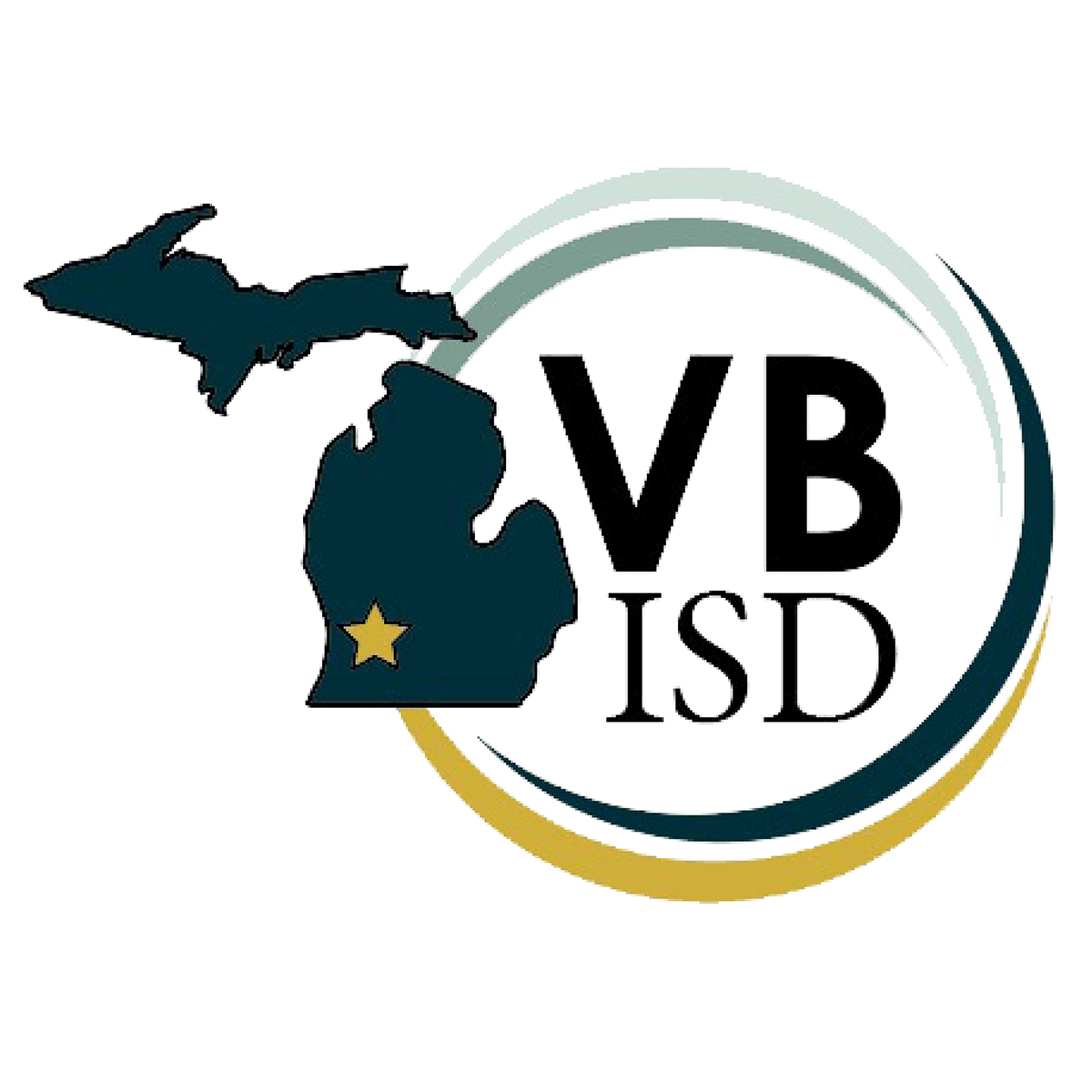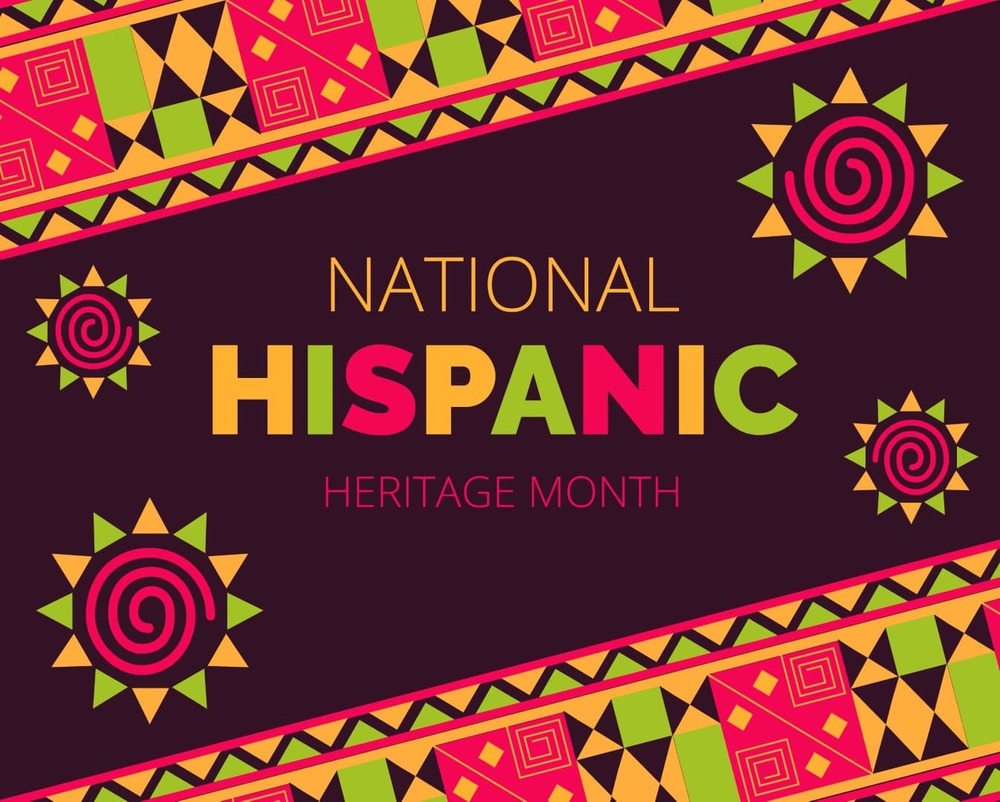Each year, from September 15 to October 15, the United States observes Hispanic Heritage Month — a time set aside to celebrate the histories, cultures, and contributions of Americans whose ancestors trace back to Spain, Mexico, the Caribbean, Central America, and South America.
While many people are familiar in a general sense with this observance, behind those dates and festivities lie deeper stories, challenges, and opportunities for connection. Below is a fuller look at its origins, significance, contemporary debates, and ideas for how individuals and communities can meaningfully participate.
Listen to our Deep Dive Podcast:
The Roots and Evolution of Hispanic Heritage Month
From a week to a month
Hispanic Heritage Month did not begin as a 30-day celebration. Its origins date back to 1968, when President Lyndon B. Johnson signed a congressional resolution designating a “Hispanic Heritage Week” (covering the week that includes September 15 and 16) to recognize the contributions of Hispanic Americans.
Two decades later, in 1988, Congress expanded this commemoration into a full month (September 15 to October 15) under legislation signed by President Ronald Reagan.
The first presidential proclamation of the expanded month was in 1989 by President George H.W. Bush.
Why these dates?
The starting date, September 15, was chosen intentionally — it coincides with the independence anniversaries of five Latin American countries: Costa Rica, El Salvador, Guatemala, Honduras, and Nicaragua. Mexico celebrates its independence on September 16, and Chile on September 18.
Thus, the month not only honors contributions of Hispanic and Latino Americans, but also aligns with historical struggles for sovereignty and identity in Latin America.
Why Hispanic Heritage Month Matters
Visibility and recognition. Celebrations, exhibits, and proclamations shine a spotlight on communities whose stories might otherwise be marginalized in mainstream narratives.
Cultural richness and diversity. “Hispanic” and “Latino/Latina/Latine” are umbrella terms that encompass people from many different countries, languages, traditions, and racial and Indigenous backgrounds. Learning more helps break down monolithic stereotypes.
Honoring contributions across fields. From arts and literature to science, politics, education, activism, and the military — Hispanic Americans have shaped, and continue to shape, U.S. culture and history in profound ways.
Encouraging generational connection. For many families, this month is a moment to share memories, traditions, and languages across generations.
Catalyst for conversation and learning. The observance opens doors to grappling with questions of identity, assimilation, discrimination, and belonging in ways that are historically grounded and community-aware.
Contemporary Challenges and Debates
Terminology and identity. The term “Hispanic” itself is contested. Some prefer “Latino/Latina/Latine,” “Latinx,” or national identifiers (e.g. Mexican American, Puerto Rican, Dominican). Learning for Justice, for instance, emphasizes exploring how identity is constructed, and how labels can both unite and inadvertently erase differences.
Overshadowed voices. There is ongoing critique that popular recognition sometimes focuses on a narrow set of “success stories,” overlooking the lived realities of newer immigrants, Indigenous Latin American communities, Afro-Latinx populations, and LGBTQ+ Hispanics.
Institutional support (or lack thereof). Some institutions, including the U.S. military, have scaled back or eliminated official observances of cultural heritage months. For example, in 2025, a directive by the Department of Defense barred the use of government resources for “identity months,” which led to the absence of formal recognition of Hispanic Heritage Month across military installations.
Sustainability and genuine engagement. For some, there’s concern that organizations or schools observe the month superficially — e.g. posters, food festivals — without embedding deeper learning, relationship-building, or confronting systemic inequities.
Ways to Celebrate (and Learn) — At Any Level
Here are some thoughtful and engaging ideas — many pulled from existing resource guides — to mark Hispanic Heritage Month in your community, workplace, school, or home:
Read and share stories.
Use curated book lists or online stories of Latino/a/x figures in politics, arts, science, and social activism. For example, the Smithsonian’s “Stories of Latino Achievement” collection provides inspiring biographical sketches.The MAEC resource catalog also includes lesson plans and readings suitable for classrooms or book clubs.
Use multimedia and virtual exhibits.
Many museums and archives offer virtual exhibits highlighting Hispanic American history and culture. The National Museum of the American Latino, for example, provides digital content and bilingual materials.You can also host film screenings, music listening sessions, or curated playlists.
Food, music, and art as entry points.
Invite community members or family to share traditional recipes. Try cooking dishes from different Latin American countries (arepas, tamales, empanadas, ceviche, etc.).
Host or attend live music or dance events (e.g. salsa, bachata, mariachi, bomba).
Encourage local galleries or community centers to feature art by Hispanic or Latinx artists.Panel discussions, storytelling, and guest speakers.
Bring in local community leaders, scholars, or elders to talk about their experiences. Host discussion circles on identity, migration, bilingualism, or cultural hybridity.Interactive or immersive activities.
Cultural “passport” or map challenge: give participants a map of Latin America and encourage them to learn a fun fact or song from each region.
Language corner: short daily “phrase of the day” in Spanish (or in Indigenous languages from Latin America).
Art installations or murals: collaborate with local artists or youth to produce community art inspired by Latin American motifs and stories.
Volunteer or support local Hispanic/Latino organizations.
Find community organizations, nonprofits, or cultural centers and explore ways to partner, donate, or contribute your time during this month.Small-scale celebrations or symbolic gestures.
Even small gestures — like displaying art or literature from Latin America, or highlighting a Hispanic Heritage Month bulletin board — help sustain visibility.
Closing Thoughts
Hispanic Heritage Month is more than a calendar marker, it’s a moment to pause, reflect, and engage. It invites us to listen to stories of struggle, resilience, creativity, and hope rooted in many lands and generations. When we embrace the full richness, not just the surface symbols, we open ourselves to deeper understanding, empathy, and solidarity.

